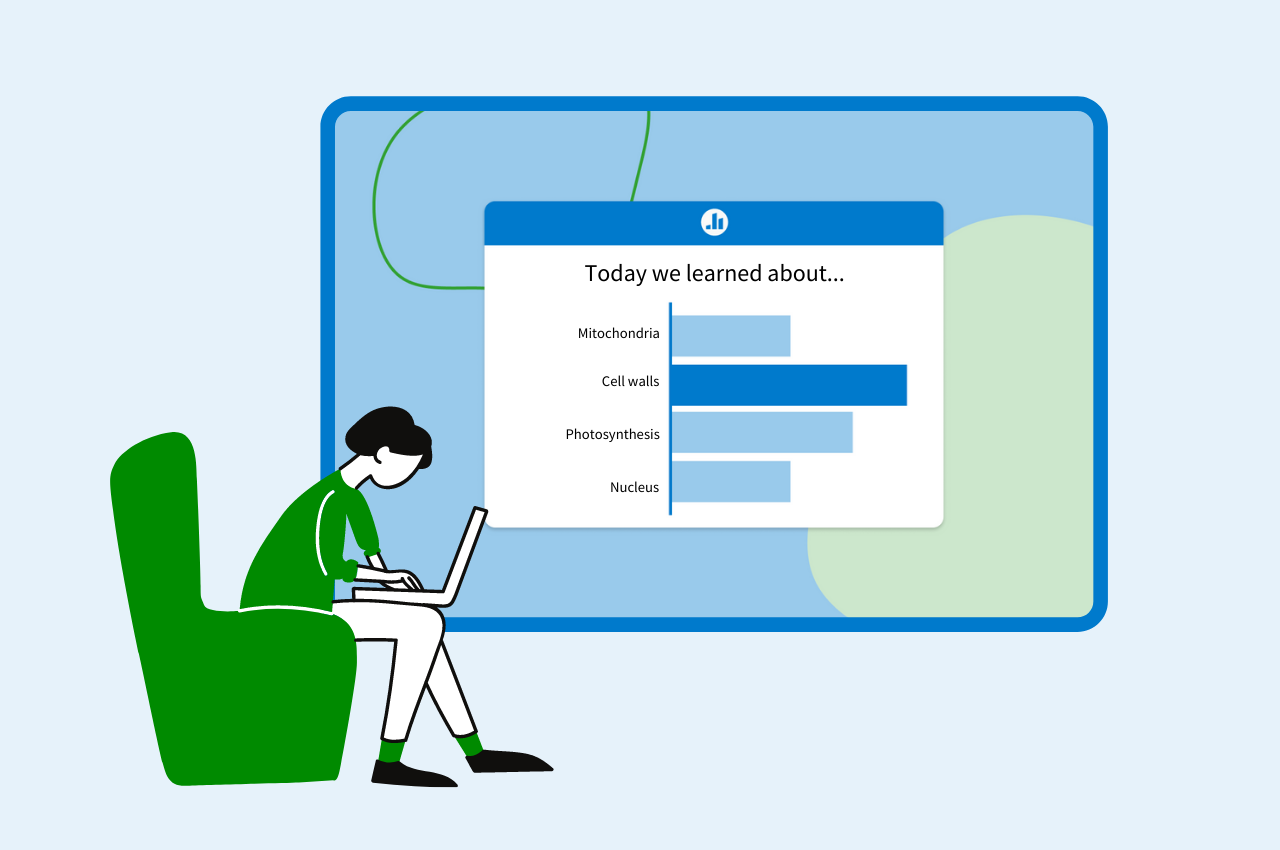Wake up your students with these five distance learning activities

Distance learning is on the rise – post-COVID 19, many schools are purchasing or planning on purchasing additional student technology that will enable some form of online learning. Distance learning offers flexibility and works as an additional learning resource for students. However, that also comes with the challenge of keeping students engaged, especially when cameras and microphones are muted.
Educators have been getting creative with how they engage their students and maintain their attention. If your students are falling asleep during class or joining your online lecture half awake, wake them up with these five distance learning activities:
Think-pair-share
In a traditional classroom, think-pair-share was a popular method of collaborative learning. Students would be given a prompt to analyze, share their answer with a peer, and then share their answer or their partner’s answer to the whole class. In a digital setting, this style of learning is still possible:
- Create a open-ended activity with a prompt for your students to think about
- Students respond with their initial thoughts
- Analyze the responses with students, encouraging them to discuss in the chat or privately with each other
- Clear the responses and have the students respond again
- Discuss the differences in the responses
Classroom DJ
Playing music before class is a great way to get students ready for a day of learning. According to a survey done on science students, 75% of science students felt that music played at the start of class made them feel more comfortable. Use a Q&A activity to create a playlist of songs your students would like to jam out to. Students upvote or downvote their favorite songs and you can use the top voted song as the entry music for your next class. Once you’ve played a song, simply hide that response and use the next top voted song. Conduct this activity weekly to get a fresh list of songs each time. Your students will appreciate having control over one aspect of their day and feel energized by their favorite songs.
Entry & exit tickets
According to Brown University, entry and exit tickets are short prompts given to students at the beginning or end of class for instructors to do a quick student diagnostic. Brown University highlights the following advantages of entry and exit tickets:
- Active participation from students
- Students focus on high level concepts and key ideas
- a high return of information for the amount of time invested
- Quick feedback for the instructor
Entry tickets are a great way to engage students from the get-go and get their minds thinking about the day’s lesson. At the start of class, share a question asking students to share what they know about the day’s lesson in a word cloud. This is a great opportunity to debunk any misunderstandings or myths about the topic before you delve into the details.
Exit tickets are a good way to keep students in class (mentally and physically) until the very end. Especially with distance learning, students may leave during class or mentally check out half way. Exit tickets encourage students to pay attention, as they must answer before they can leave. Exit tickets can come in many forms, such as a quick comprehension check, a key takeaway of the lesson, or a survey about the lesson or about the instructor.
Two truths and a lie
Break up lectures with a fun two truths and a lie activity. Use a multiple choice activity to share 2 truths and one lie about yourself and let your students guess the lie. Once you reveal the answer, you can share the story behind the truths. This is an exciting way to bond and get close to your students, as they get a little glimpse into your life, hobbies, and interests. This is also a great way to replace the informal conversations that used to happen in person.
Dare the teacher
If you are brave, award your students for good behavior or major accomplishments by allowing them to choose a dare for you to do. Select a few dares (that you are personally comfortable with doing) and let your students vote for the one they’d like to see with a multiple choice activity. Great examples include crazy hair, pajamas, or funny makeup. This is an easy way to bring some laughter to your class. Your students will be motivated to work harder in order to achieve this dare and continue to perform well.
We hope these activities energize your students and get them excited for the next lesson. If you’d like more inspiration for activities you can convert to virtual with Poll Everywhere, check out our distance learning guide for educators.